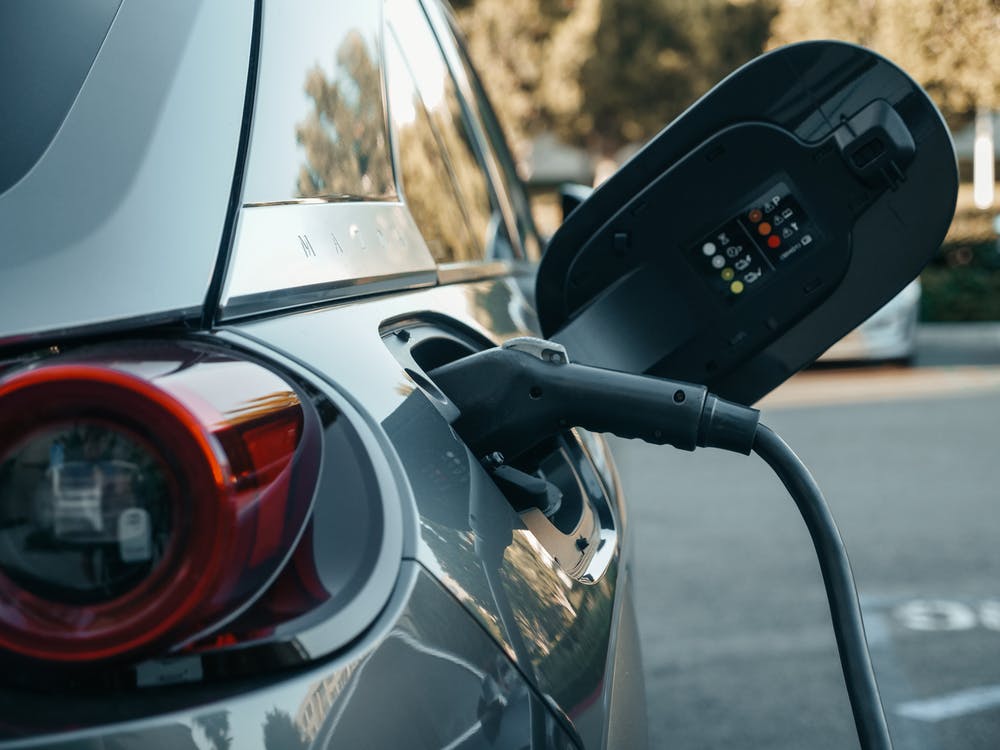- By Yamuna Bindu
Tesla, one of the world’s leading Electric Vehicles (EV) manufacturers, saw a dramatic 87% increase in sales in 2021. Safe to say, the shifts in the EV charging industry has created a soaring for EVs. Here’s why:
- Many central governments have introduced subsidies for their citizens to purchase EVs.
- EVs are much more functional and practical today than it was a few years ago, since there are more charging stations and service centers scattered across the developed parts of the world.
That being said, regular charging is still a major concern for EV drivers. EV charging currently takes a few hours at least from a regular plug point, while the number of charging stations is relatively limited, especially if you’re not in a first world country.
Here are three major shifts we can observe in the EV charging industry.
Allocating funds to build EV charging stations
Even developed countries like the USA do not have enough EV charging infrastructure. For perspective, there are about 47,000 EV public charging sites in the USA and 2 million EVs. This gap is even wider in developing countries.
While you can technically charge an EV from a plug point in your house, it takes quite a long time compared to the swift process at an EV station.
Hence, governments worldwide are focused on building charging infrastructure to address the high demand. For instance:
- The Biden administration’s infrastructure package allocated $7.5 billion for building 5,00,000 EV charging stations around the USA by 2030.
- The Indian Government allocated Rs. 1,000 crores under Phase II of the FAME-India Scheme to develop EV charging infrastructure across the country.
Along with allocating funds, governments are also providing incentives to EV charging network providers to build reliable charging networks.
Thus, by increasing funding and providing incentives for building charging infrastructure, governments aim to meet the growing demand for charging spots, which in turn will positively affect EV adoption among citizens.
Increasing the accessibility to EV charging points through policies
EV charging stations are usually located in pockets where EV adoption rates are high. This is another reason for low EV ownership rates in areas that do not have EV charging facilities. Hence, governments and local authorities are prioritizing making EV charging stations accessible through policies.
Recently, the UK government announced that all new homes and businesses would need to install EV charging facilities. They aim to add 1,50,000 EV charging points approximately every year through this move, thereby increasing both charging station numbers and their accessibility.
Improving EV charging efficiency through technological upgrades
EV charging can take 30 mins to several hours, depending on the charging technology available. In the USA, most public access EV charging points in parking lots, retail stores, etc., have 5kW slots that can juice up an EV with a range of 100 miles in 4 hours. This is a significant amount of time, especially for people traveling long distances.
So, governments are pushing for EV charging upgrades in the form of fast EV chargers by providing incentives to EV developers installing them. Currently, the USA provides federal tax incentives and subsidies to developers to offset the setup costs.
Meanwhile, European countries like the Netherlands, Sweden, etc., rely on a battery-swapping approach to minimize EV charging time. Here, EV owners swap their EV battery for a fully charged one leaving their old battery behind. India is also set to roll out a battery-swapping policy at scale to ease EV charging concerns.
Before you go
EV charging is set to become quick, easily available, and accessible, thanks to government-mandated policies, incentives to EV developers, and strides in technology. These measures will ultimately make it more convenient to own an EV. Naturally, these shifts in the EV charging industry will push people to invest in EVs, thereby reducing fossil fuel emissions along the way.
Link: https://www.blog.getmyparking.com/2022/03/12/shifts-in-the-ev-charging-industry/?utm_source=pocket_mylist
Source: https://www.blog.getmyparking.com
















Leave a Reply